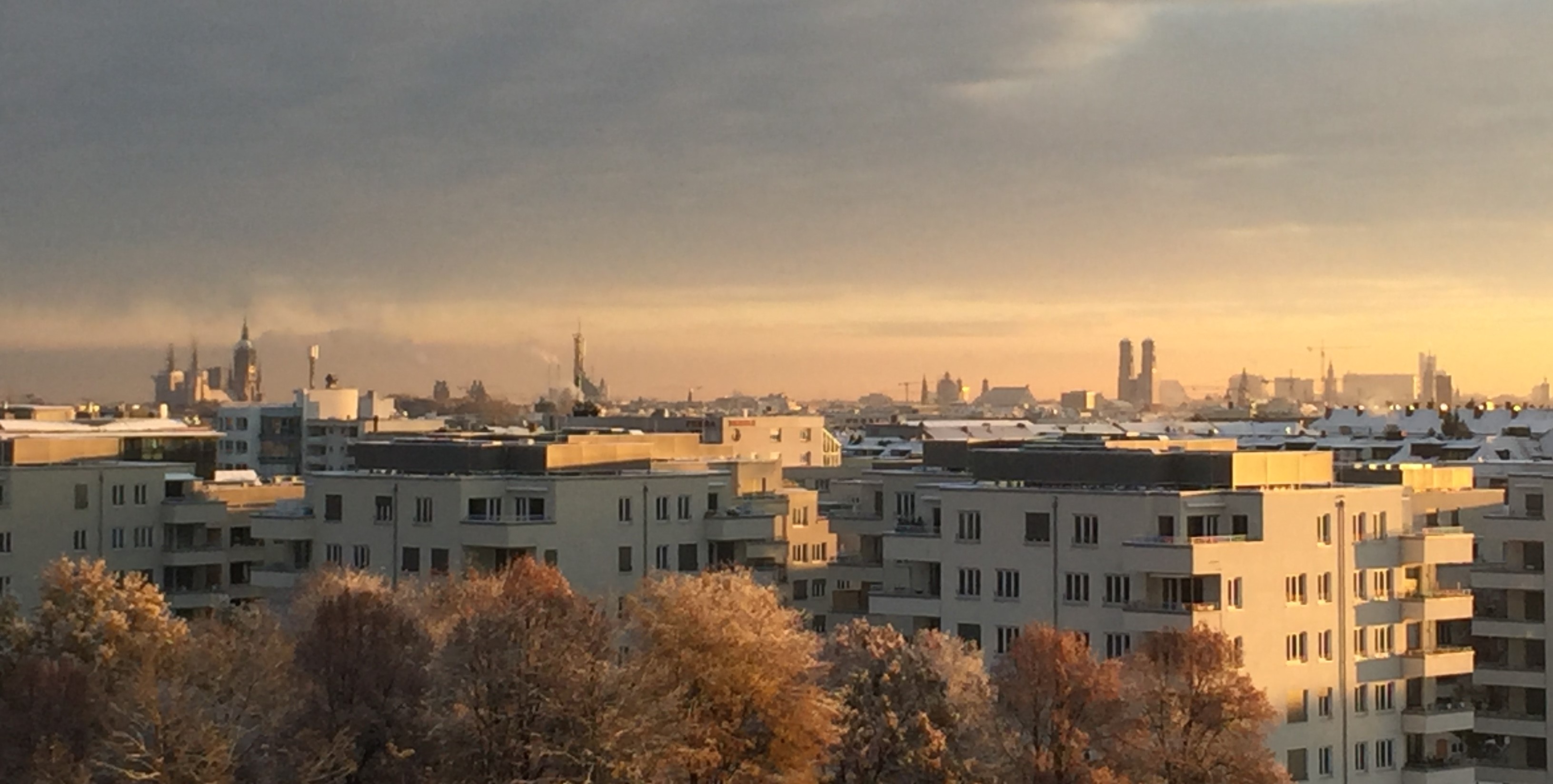
Uploaded on 2017-11-05 by Elke M. Liebert
1. People (residents/commuters/tourists) Munich is the third largest city of Bavaria, Germany and the number of inhabitants is on a steady rise. It also attracts about half a million of commuters from outside city limits. In 2015, nearly 50% of hotel spend was generated by tourism. The increase of stock of people (residents) and flows (new residents/ commuters/tourists) requires constant modifications to the city’s structural concepts: Improved infrastructure (roads), well-maintained touristic sights, enriched leisure opportunities (culture, sports, etc.) 2. Energy (amount of energy consumed) As described in 1), the city of Munich requires an increasing amount of energy to fulfill people’s as well as business needs. This makes it necessary to not only improve existing but research innovative, new energy concepts addressing the seasonally varying, but ever-increasing energy need of the city and its inhabitants. Individuals benefit from new smart concepts as well as buying synergies making energy more cost-efficient. 3. Usage classification (m² of park, residential, business areas) Munich’s city authorities (planning and concepts) control the allocation of space to ensure a mix of park and residential areas, as well as spaces for business and the manufacturing industry, taking needs of each area into consideration.